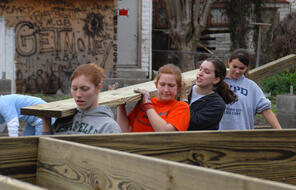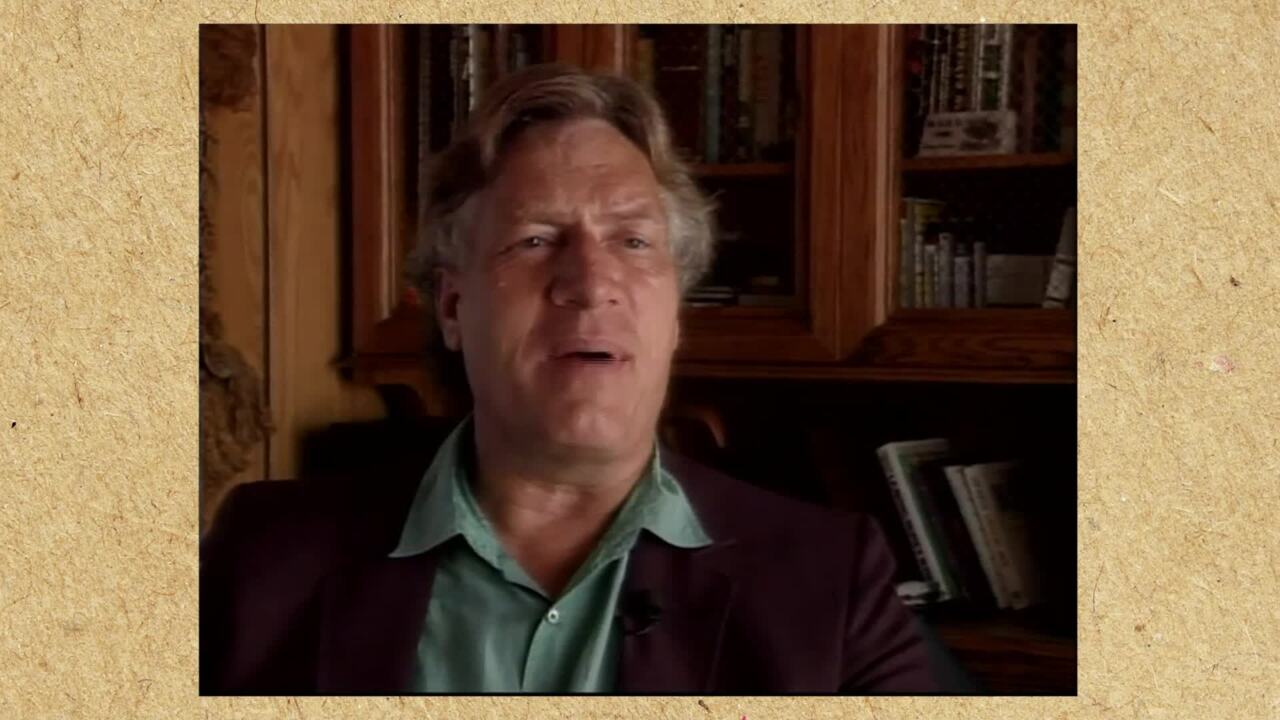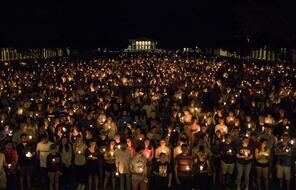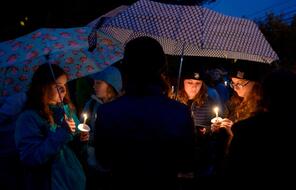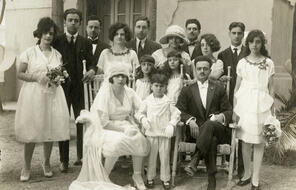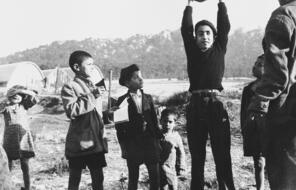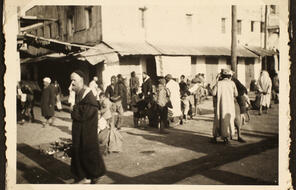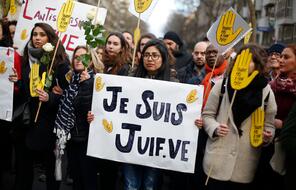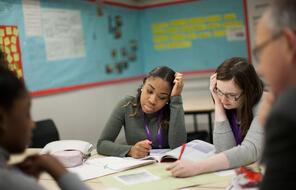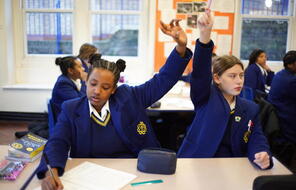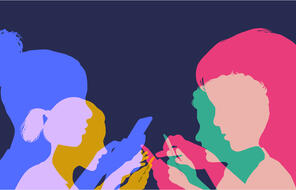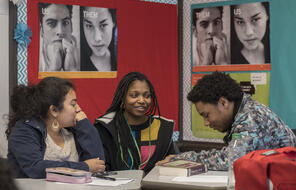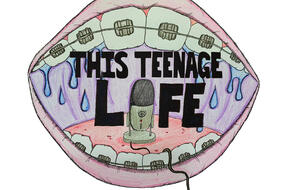
Acts of Hate in Schools
Subject
- Social Studies
Grade
6–12Language
English — USPublished
Updated
Overview
About This Mini-Lesson
Reports of antisemitic incidents in the United States are at an all-time high in recent years, according to the Anti-Defamation League, highlighting the persistence of antisemitism in the country. This pattern is borne out by recent news reports, including a string of attacks on Jews in New York in December 2019, an antisemitic rant at a school board meeting in Arizona in November 2021, and a spike in antisemitic social media content and violent assaults against Jews directly following escalation of the Israeli-Palestinian conflict in May 2021. The acts of hate that get reported to the police or covered in the media, however, are only the tip of the iceberg; experts estimate that more than half of hate-crime victims do not report the crime to authorities.
Symbols of antisemitism are increasingly visible within schools across the United States. Students of all ages, from elementary school through university, have been caught vandalizing their schools with symbols and speech that target Jews. Antisemitic graffiti has been found in numerous high schools across the country, including schools in Salem, Oregon; Brooklyn, New York; Wantage, New Jersey; and San Diego, California.
The regular rhythm of these reports risks making them seem routine, even a “normal” part of school life. We should talk about these acts of antisemitism, as well as acts of racism and hate, with our students—and not only when there’s been an incident in our own school. These conversations can help students understand the power and impact of hateful acts and support their moral development and civic agency. In this way, education can be a part of preventing—not just responding to—bigotry at school and in society.
Antisemitism often occurs in environments in which racism and other forms of bigotry are tolerated. In this mini-lesson, students will learn about the overall rise in acts of hate in schools and then examine one story that illustrates how acts of antisemitism, racism, and other forms of hate can overlap. They will probe the causes and impact of such incidents and consider positive ways that communities can respond.
Preparing to Teach
A Note to Teachers
Before teaching this mini-lesson, please review the following information to help guide your preparation process.
Activities
Activities
Materials and Downloads
Resources from Other Organizations
Additional Resources


